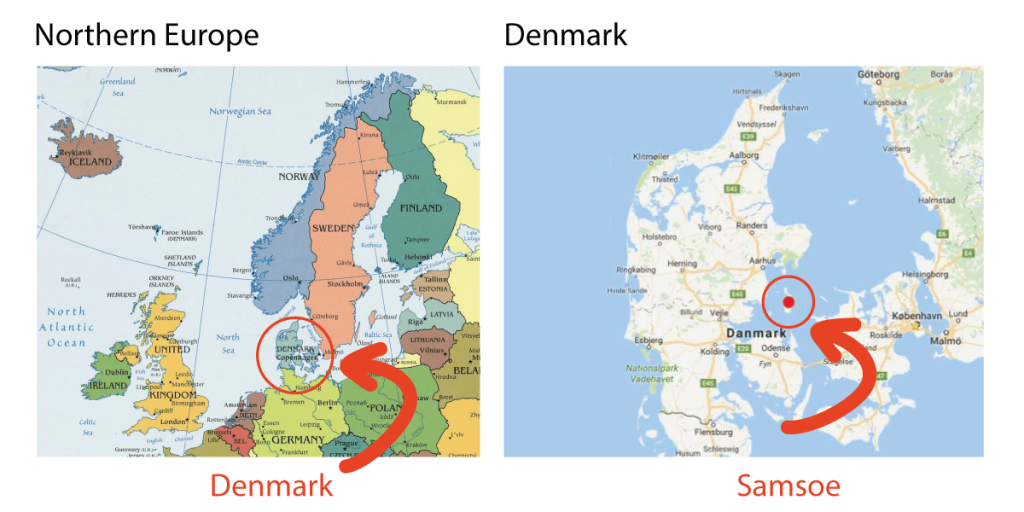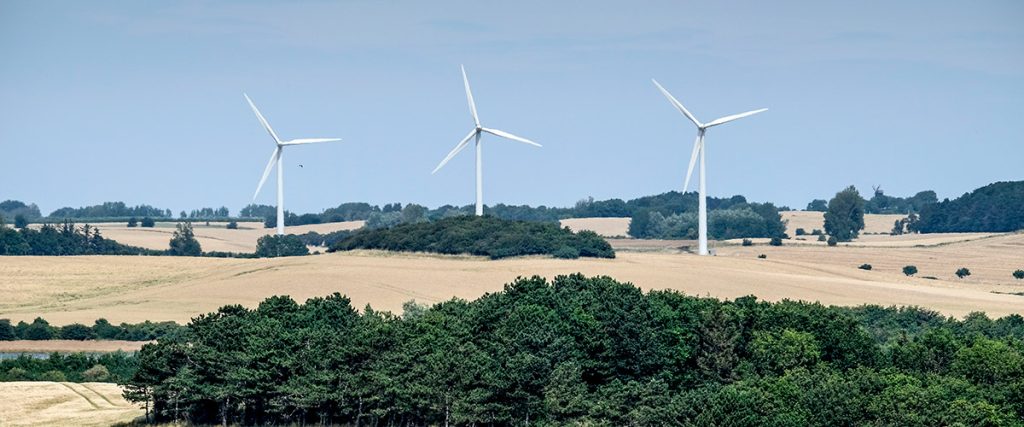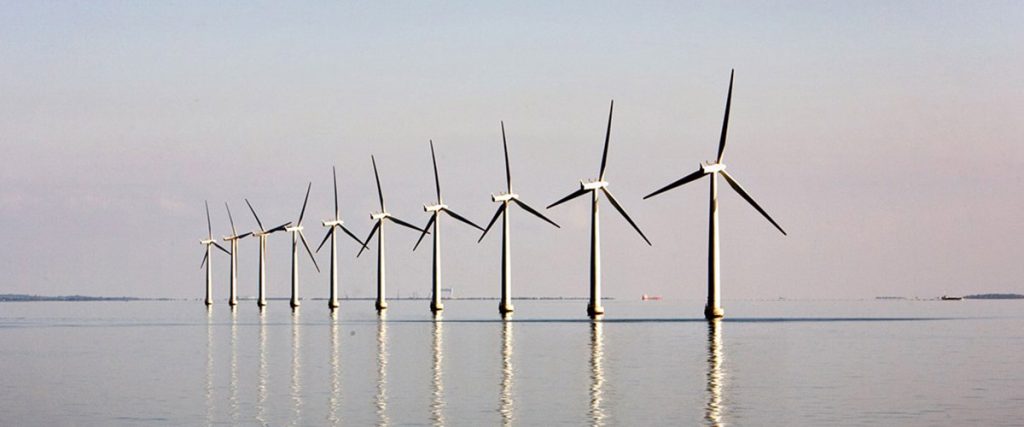Samsø: A Danish Island Community Pointing to the Future
The Danish island of Samsoe (Samsø) has transformed its energy system from fossil fuels to renewable energy, becoming the world's first entirely renewable energy island.
The transition has resulted in Samsoe becoming carbon negative, with 100% local ownership of renewable energy investments, and significant socio-economic benefits for the community.

Samsoe’s Energy Transformation and Achievements
The island has a population of approximately 3,929 inhabitants. It achieved energy self-sufficiency in 2007, as certified by the Danish Energy Agency (DEA). The island now generates electricity and heat exclusively from 100% renewable sources, having moved away from its previous dependence on fossil fuels. This successful transformation has garnered Samsoe international recognition, including the UN Climate Action Award in 2021.
Historical Context and Motivation
The initiative to transform Samsoe’s energy system began in 1997 when the Danish Minister of Environment and Energy launched a national competition to establish a territory as a laboratory for energy transition. Samsoe, facing economic challenges such as high costs for imported electricity and oil-based heating, won this competition in October 1997. The project’s roots can be traced back to the 1973 oil crisis, which severely impacted Denmark due to its 90% reliance on imported fossil fuels.

Infrastructure and Technologies Implemented
Samsoe’s energy system is diversified and adapted to its local resources:
- Onshore Wind Energy: The island features 11 onshore wind turbines, each with a 1 MW capacity, generating a total of 28,000 MWh annually. Approximately 90% of these turbines are owned by 450 island residents, ensuring economic benefits remain within the community.
- Offshore Wind Energy: In 2002, 10 offshore wind turbines were installed, each with a 2.3 MW capacity, collectively producing 77,500 MWh annually. Half of these turbines are municipality-owned. These offshore turbines generate 23MW of electricity, which offsets emissions from the island’s vehicles and ferries.
- District Heating Systems and Biomass: Four district heating plants supply 70% of homes using solar energy and agricultural residues like straw. These plants include Tranebjerg, Ballen-Brundby, Onsbjerg, and Nordby-Marup, with varying capacities and annual production.
- Individual Home Systems: For homes not connected to district heating, individual solutions such as solar thermal panels, heat pumps, and biomass systems were implemented, with homeowners receiving 30% subsidies for installation.
- Solar Photovoltaic Energy: Photovoltaic panels have been installed on numerous farm roofs to supplement electricity production.
- Energy Surplus: Samsoe maintains a connection to the Danish electrical system for backup, but its renewable production has been so successful that it generates a 10% energy surplus, which is sold to the national power grid.

Community Engagement and Ownership
A fundamental aspect of Samsoe’s success is its participatory “bottom-up” approach, which involved the community at every stage of the energy transition. Søren Hermansen, a local leader, played a crucial role in building trust and dispelling initial resistance through direct dialogue and by demonstrating the economic advantages of investing in renewable energy. The community co-ownership model, where residents were encouraged to invest directly in projects like wind turbines, transformed these technologies from an imposition into a source of direct economic benefits, fostering a strong sense of belonging and responsibility.
Financial and Socio-Economic Impact
The Samsoe energy project was executed with 53.3 million euros, saving 32% of the initially budgeted 78.7 million euros. Public fund dependence decreased from an anticipated 9.1 million euros to 4 million euros actually used, with a per capita investment of 13,600 euros. The project generated annual savings of 7.3 million euros previously spent on fossil fuels, keeping these resources within the local economy. The transformation created green jobs in renewable infrastructure installation and maintenance, diversifying the traditionally agricultural economy. This initiative also attracted new residents, primarily young families and professionals, seeking a sustainable lifestyle, and positioned Samsø as a sustainable tourism destination.
Future Goals and the Samsø Energy Academy
Samsoe has set a new, more ambitious target: to become 100% fossil fuel-free by 2030, which is 20 years ahead of Denmark’s national ambition. This goal requires eliminating all fossil fuel use and covering all energy needs with renewable sources. To achieve this, the island community plans to expand the use of renewable electricity in heating and road transport, and to replace fossil fuels in sea transportation with locally produced biogas or electricity. The ultimate goal is to become a completely carbon-neutral territory, accounting for emissions from agriculture, industry, the circular economy, and waste.
The Samsø Energy Academy
Established in 2007, the Samsoe Energy Academy serves as a knowledge and dissemination center for the island’s energy transition experience. The academy is energy self-sufficient, featuring photovoltaic panels, thermal insulation, and rainwater harvesting systems. It hosts conferences, training, technological demonstrations, and provides technical advice to residents, tourists, and international visitors. The academy plays a prominent role in community development and sustainability on Samsoe. The Samsoe Energy Academy actively shares its expertise globally, conducting international workshops and site visits to build capacity and leadership in sustainable community development. It provides advice, organises study visits, workshops, and leadership programs to inspire leaders and policymakers worldwide. The academy’s initiatives have inspired projects in various regions, including Hawaii, Japan, Australia, Canada, Texas, Aruba, Mali, Zimbabwe, and Indonesia.
See more here: https://www.visitsamsoe.dk/en/inspiration/energy-academy/
And here: https://energiakademiet.dk/en/island-1-0/renewable-energy-on-samsoe/